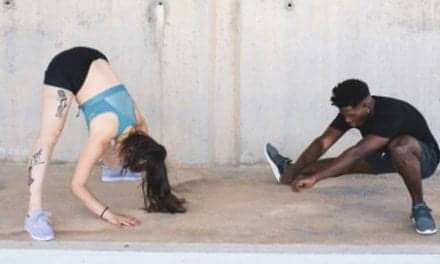An innovative nerve decompression procedure was performed May 11, 2010, at Somerset Medical Center by Matthew Kaufman, MD, and a team from the Plastic Surgery Center of Shrewsbury, NJ. The procedure was performed on Julia Cooke, 57, from Grayson, Ken, who had been given 6 months to live due to her chronic pneumonia caused by a paralyzed right diaphragm, which lost function as a result of complications during a June 2009 surgery. Cooke was told no treatment existed for diaphragm paralysis and she suffered severe shortness of breath, chronic fatigue and incessant bouts of double pneumonia.
Today, Cooke can breathe without complications. She says she feels "20 years younger" and leads a healthy, pain-free life. The phrenic nerves run in a pair from the brain to each side of the diaphragm. But if only one of the nerve pair, left or right is harmed, then the patient can still breathe, so there is typically no fix.
"For an injury on one side, there really up till recently has been no treatment. Patients are told, look you can live with one lung and breathe effectively," Kaufman told DOTmed News. "But that doesn’t do anyone good when they’re … unable to exercise or even walk up a flight of stairs without panting. You’re breathing out of one lung essentially. When the other lung isn’t expanding normally, the side that’s injured becomes more susceptible to pneumonia and problems."
Kaufman has come up with a treatment approach to restoring the function of the nerve through decompression or a nerve graft using the rather superfluous sural nerve that runs down the back of the patient’s lower leg; it won’t hurt their functioning if removed.
Kaufman first performs nerve testing to determine whether the nerve is compressed or completely injured. "The treatment would be anything from simply decompressing the nerve or releasing all the scar tissue away from it, or in cases where that’s not enough, doing a nerve transplant–an interposition nerve graft where we take a nerve out of the leg and reroute around the site of injury, whether in the neck or chest," he says.
More.
[Source: DOTmed News]



